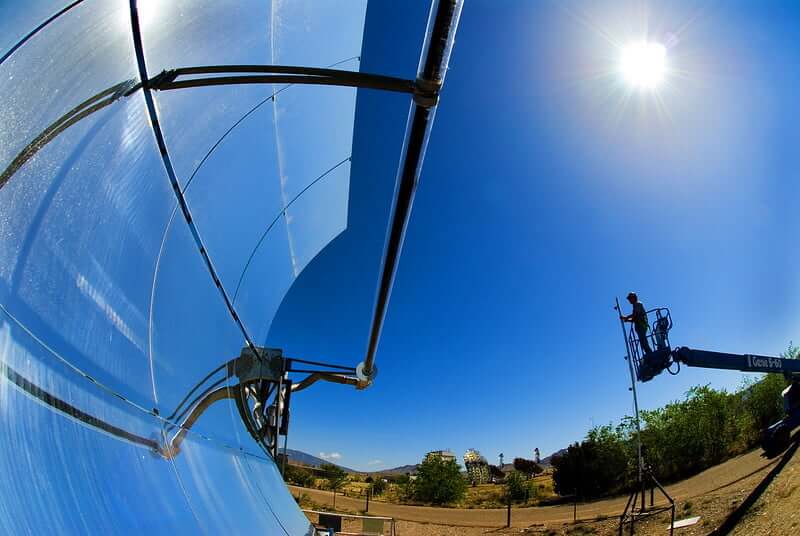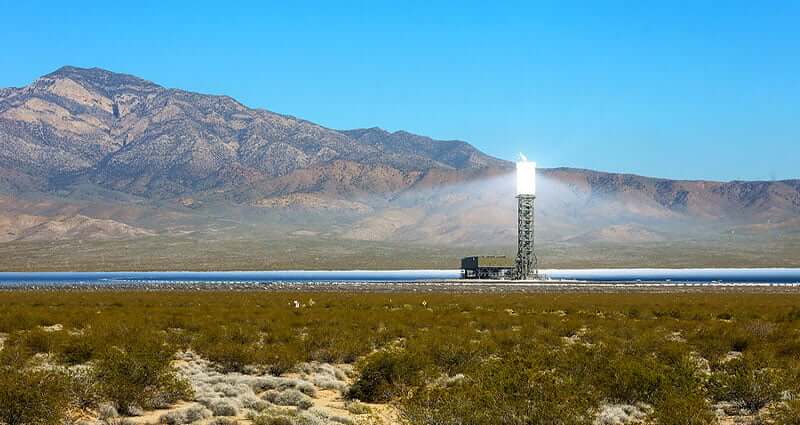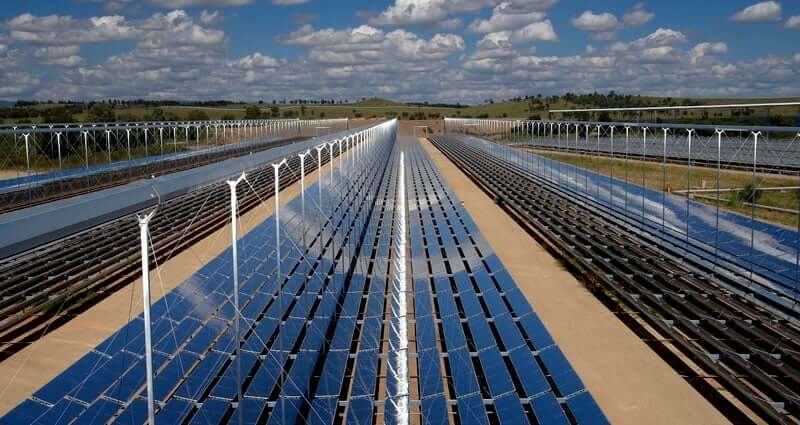Home Applications of a Solar Collector
Applications of a Solar Collector
A sun catcher is an outstanding device that converts sunlight into heat, mate, and it’s first-rate for a variety of uses.
Solar collectors have a range of applications. These include:
- Solar water heating systems
- Solar space heating and cooling
- Solar refrigeration
- Industrial process heat
- Solar desalination process
- Solar thermal power systems
- Solar furnaces
- Solar chemistry applications
- Solar cookers
- Photovoltaic systems
Let’s discuss each of the applications in detail.
Table of Contents
ToggleTypes of solar collectors and their applications
The two types of solar collectors are concentrating and non-concentrating collectors. Each of them has varying uses in different settings. The names of the collectors indicate how they use the heat they get from the sun. It also implies how it is used.
Concentrating collectors
Concentrating solar collectors have a reflective surface that concentrates sunlight for absorption and conversion into heat.
Consequently, the collector can multiply the power of sunlight using an optical lens.
You can use this collector for high-temperature applications. It is also best used in places with clear skies and abundant sunshine.
Installation of concentrating collectors is on freestanding structures that allow it to track the sun.
Types of concentrating solar collectors
Parabolic trough collector
A parabolic trough collector has a parabolic reflector to concentrate sunshine onto a receiver.
The receiver is a tube placed above the reflector and contains a working fluid that captures and transmits the heat.
The reflector tracks the sun as it moves along the sky during the day.
Solar power plants are the users of parabolic trough collectors. It transfers the concentrated heat to boilers in the power station.

Parabolic trough solar collector | Sandia Labs | Flickr | CC BY-SA 2.0
Solar power tower
Solar power consists of a receiver placed upon a tower fenced with tracking mirrors called heliostats.
The mirrors are aligned to ensure that they can track the sunlight, capture it and transfer it to the receiver at the top of the tower.
Solar power towers are best for regions with clear skies and lots of sunshine.

Solar Power Tower | Greg L. Jones | Flickr | CC BY-SA 2.0
Fresnel reflectors
Fresnel reflectors consist of several thin flat mirror strips that concentrate sunlight on tubes that transfer working fluid.
Fresnel reflectors capture more sunlight and are more cost-effective than parabolic reflectors.
However, they have the lowest output compared to the other reflectors.

Parabolic dish collector
A parabolic dish collector consists of several dish collectors. Each dish contains a parabolic reflector to concentrate light on a receiver at a focal point.
It tracks the sun along dual axes. Its alignment ensures that it collects all of the sun’s radiation that reaches the earth.

Advantages of concentrating solar collectors
- It eliminates fuel costs and the use of other types of fuel.
- It produces both electricity and heat.
- No blackouts
- Zero emissions.
Non-concentrating solar collectors
Non-concentrating solar collectors are also known as flat plate collectors.
The large surface area absorbs the sun and transfers it to the working fluid.
Types of non-concentrating solar collectors
Flat plate collector
Flat plate collectors are the most common non-concentrating solar collectors.
It consists of an absorber, a transparent cover, and insulation. Typically, it is a metal box with several parallel copper pipes known as risers.
It has a dark absorber plate on the top and insulators along the sides to prevent heat loss. The flat plate collector absorbs the sun and heats the fluid in the risers.
It is mainly used in residential properties to heat water and to help save electricity bills.
Evacuated tube collector
There is little heat loss in a vacuum. Evacuated tube collectors are a type of vacuum collector.
It consists of a long glass test tube that holds an absorber strip through which the working fluid flows. Between the absorber strip and the glass is an evacuated space. Hence the name evacuated tube collector.
The absorber strip is dark or black to maintain absorbed heat. Combined with the vacuum, it makes the collector highly efficient.
Difference between solar panels and solar collectors
| Solar panels | Solar collectors |
|---|---|
| Absorb solar radiation and convert it to electricity. | Absorb solar radiation and convert it to heat. |
| High investment cost | Affordable to purchase |
| Consist of solar cells that help in the conversion of heat to electricity. | Have a working fluid that transmits heat. |
| Operate throughout the year. | Operate when the weather is favorable. Solar collectors need lots of sunshine to work. |
| Efficiency at about 25% | 90% efficient. They absorb almost all of the sun’s heat. |
Advantages and disadvantages of solar energy
| Advantages | Disadvantages |
|---|---|
| Renewable/ Sustainable | Initial cost |
| Near Zero Maintenance | Weather dependent |
| Quiet | Expensive storage (Batteries) |
| Government incentives | Lots of roof space required |
| Available to most | Roof orientation |
| Employment creation |
Factors to consider when installing solar collectors
Where you live
The weather conditions are the first thing you need to look at. If you don’t enjoy a lot of sun in your region, do not install solar collectors.
Like solar PV systems, solar collectors require that the sun shines all day. They can easily track the sun if installed properly.
If you are far away from the grid, then a solar collector will be effective to heat your water.
Cost
The more the solar collectors you need, the more you pay.
In industrial settings, you may need an expensive solar collector system to help reduce your electricity expenses.
The savings will help recoup your investment in a short time. Often, you will have a return on investment in seven years.
Electricity consumption
Before installing your solar collector system, ensure you know how much you spend on heating.
The higher the cost, the more advantageous to install a collector.
Installer
The installer you choose to install your solar system must be Clean Energy Council accredited. It ensures that you are dealing with a qualified and experienced professional.
FAQ's
Solar collectors need the sun’s heat and light to work. On cloudy days, they will heat your water with the available light or heat.
They will not work in the cold season when there is no light or heat from the sun.
Depending on where you live and sunlight availability, solar collectors require 3-4 sq meters of roof space.
Professional installers ensure that the installation angle is right. The correct angling ensures that the solar collector captures as much solar irradiation as needed to produce heat for the whole day.
Like solar PV panels, solar collectors are durable and work efficiently for up to 25 years.
Professional installation ensures that they last a long time. Poorly installed collectors are less efficient. Thus, you may have to replace them before their expected lifetime. Or, you will spend more money on maintenance or re-installation.
Over time, the efficiency of the solar collectors decreases. By the time they reach the end of their lifespan, they will still work but will produce less heat. The older the collector, the less heat from the sun it absorbs.
Yes, solar collectors need regular annual maintenance. It helps to maintain their efficiency and prevents failures.
Maintenance ensures that the working fluid is maintained at optimum levels. While it is important to check the fluid levels, properly working collectors will need more fluid after 5-7 years. It helps to maintain the pH and antifreeze properties of the fluid.
Additionally, the absorption units are checked to ensure that they are still dark enough to prevent the loss of absorbed solar irradiation.
They must also be perfectly aligned with the sun at all times.
Table of Contents
Toggle




